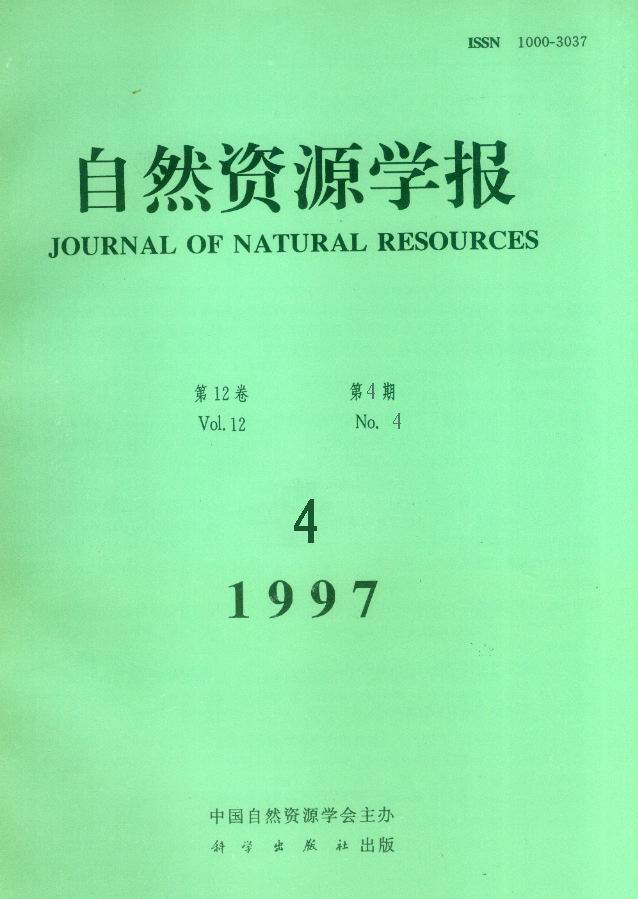Special Column:Celebration of the 70th Anniversary of IGSNRR, CAS
Yang Baoguo, Wang Ying, Zhu Dakui
ecause of land deterioration, soil erosion, desertification, salinization, alkalization, swamping, occupation of arable land for nonagriculture use, and the effect of natural calamity, the amount of arable land of China has declined to 957 billion ha. This means the per capita arable land area is less than 008 ha. With the increase of population, the pressure on the land resource becomes greater and greater. At present, China is among those countries of which the per capita land area is the smallest and the population supporting capacity of land is the largest. The total population in China will reach 13 billion by the end of this century. Then China will support a population which is 22% of the world total with the arable land which is 7% of the world total, and the man land conflict will become more and more acute. As a potential land resource, the tidal flat will be the new growing point of the national economy of China.This paper mainly deals with the distribution, formation factors, classification, and the existing problems in exploitation and utilization of the tidal flat of China. The total length of coastline of tidal flat is 4000 km and distributes at the margins of Bohai Sea, Yellow Sea, East China Sea and South China Sea, mainly in Liaodong Bay, Bohai Bay, Laizhou Bay, Shandong peninsula, along the coast of Liaodong, northern part of Jiangsu province, Shanghai, Zhejiang province, Fujian province ,Guangdong province, Guangxi province, and Hainan island. The total area of the tidal flat of China is 235 ha (among them the cultivable area is 797 ha) and it still grows at the rate of 20~30 thousand ha each year. The important thing is that all the tidal flats distribute in the eastern regions of China where the economy develops rapidly but lacks land resource, so the exploitation of the tidal flat of China is becoming extremely urgent.There are many factors which control the development of the tidal flat, such as the sediment supply in coastal zone, original coastal slope, intensity of wave action, tidal range, etc. The major factors are the supply of fine grained sedimentary material and the tidal range.The tidal flat of China can be classified into two major types: the plain type and the embayement type. The tidal flat of plain type distributes in Liaodong Bay, Bohai Bay, along the coast of northern Jiangsu province, Changjiang estuary, Hangzhou Bay, and Zhujiang estuary. The embayment type distributes along the coasts of Zhejiang province, Fujian province and Guangdong province.In exploiting the tidal flat of China, there exist lots of problems, such as backward technique, relatively low economic benefits, drastic natural calamity, relatively low exploiting level, and lacking the scientific guidance.The realization of sustainable development of the tidal flat is to meet the increasing material demands of the people during the process that improves the utilization coefficient of the tidal flat. To realize the sustainable,stable and coordinative development of the tidal flat we should consider not only the needs of ourselves but also the necessary requirement of the next generation. So we should take as a goal the increase of social wealth during the process of exploitation and management rather than only care about the present benefits that usually may destroy the natural environment of the tidal flat.The ecological development of the tidal flat is one of the ways that can realize sustainable development. It means the improvement of the quality of ecological system under the coordination among human beings, creatures and environment. The combination of research and exploitation and of utilization and protection will make possible the realization of sustainable development of the tidal flat.According to the natural characteristics of the tidal flat, the economic and technical conditions, and the present utilization situation, 5 utilization zones are divided and the general aspects of each zone are illustrated for further exploiting and utilizing the tidal flat resource of China.
